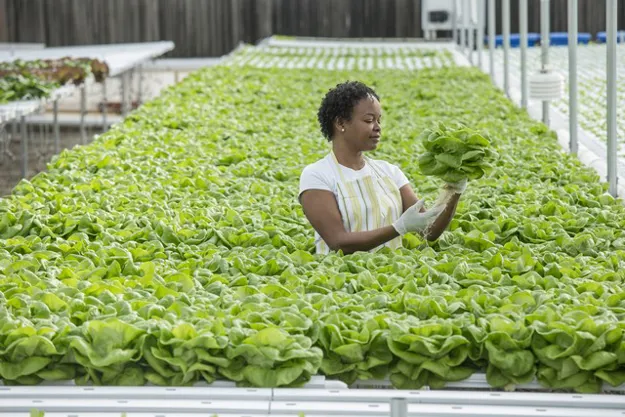"Sustainability is a choice. A strategic, smart choice. And, contrary to what some believe, you do not have to sacrifice business performance to make a direct impact on the world." That's what the team of Schneider Electric is convinced of - and they know what they're talking about The $25B global corporation recently topped Corporate Knights ranking of the world’s most sustainable corporations.
Schneider was awarded this title in part because it productively uses energy, carbon, water, and waste – all elements vitally important to horticulture. Schneider’s goal is to save 800 million tons of CO2 emissions for customers by 2025. "Companies can be both sustainable and profitable," they say. "It’s about using your resources wisely and purposefully setting a strategy."

In its experience, here are 4 steps to approach sustainability:
1. Measure.
"Understand where you are today and what you aspire to achieve. The use of data within the horticulture industry will play a key role in managing resources efficiently. Smart devices with internet connectivity can collect data in real-time across your facility."
2. Set targets.
Research by Schneider and GreenBiz Group has found that it’s essential for organizations to publicly announce their decarbonization and energy targets.
3. Deploy programs.
"This is where organizations take the bulk of the sustainability steps. These steps not only reduce emissions, but they also drive resource efficiency, resiliency, and innovation, thereby boosting positive bottom-line impact. This can include switching to renewables and a microgrid, controlling lights and HVAC systems, and tracing your supply chain end-to-end."
4. Sustain results.
"Organizations must consistently monitor, measure, adjust, and optimize to sustain their decarbonization efforts. Doing so allows a company to communicate progress confidently to internal and external stakeholders, advancing its reputation and influencing others in its ecosystem."
Schneider Electric says they can help others measure and meet their sustainability goals. The company has a comprehensive portfolio of products, controls, software, and services for sustainable and profitable food production.

For more information:
Stephanie Byrd
Schneider Electric
Schneider Electric Horticultural Brochure
stephanie.byrd@se.com
